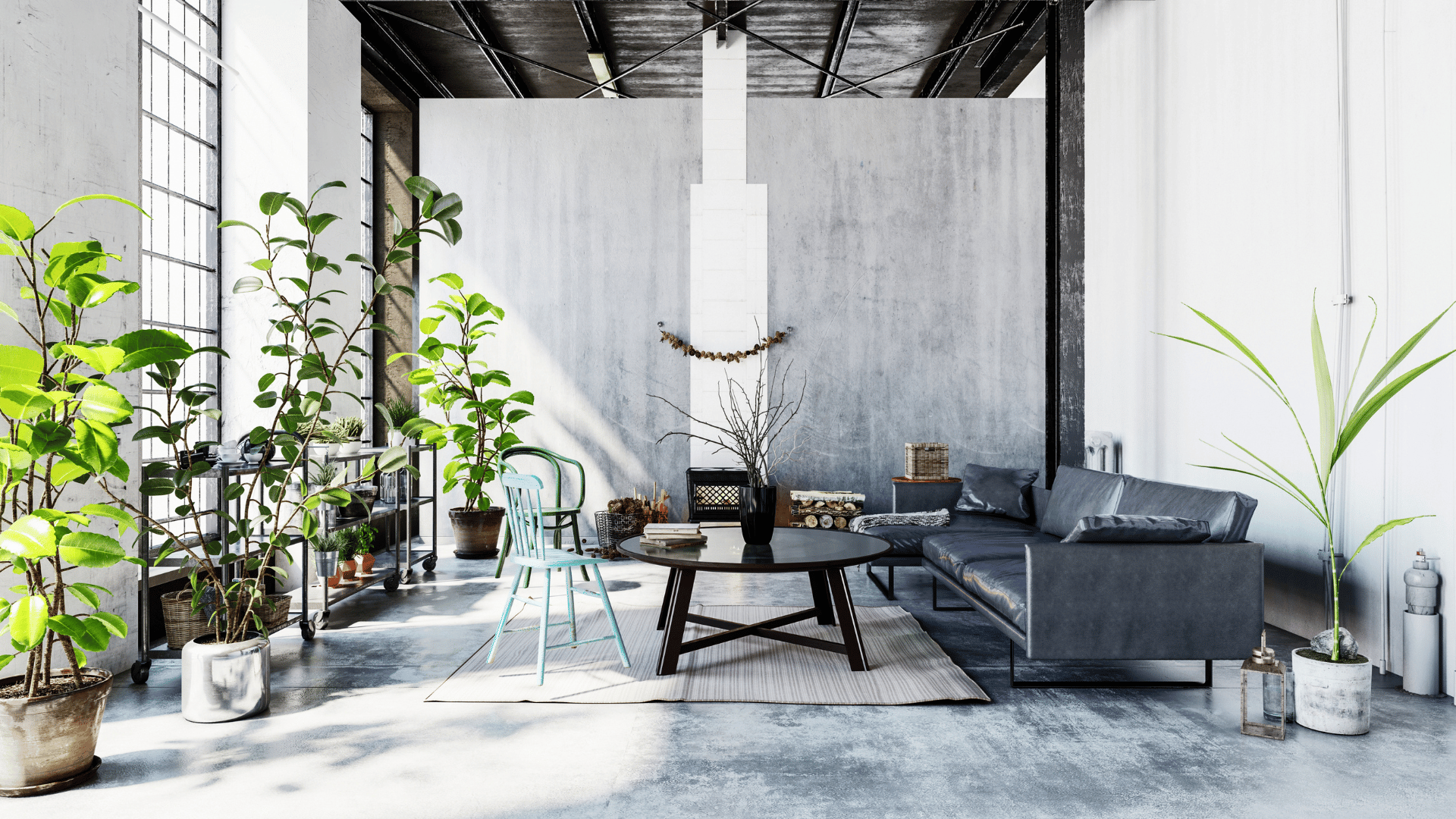In our fast-paced lives, where stress and anxiety seem to be constant companions, creating spaces that promote relaxation and mental well-being has become increasingly crucial. The intersection of stress-relieving architecture, natural light, and thoughtful interior design can significantly impact our mental health. In this article, we will explore how intentional home design can reduce stress, reduce anxiety, foster a calming environment, and contribute to overall mental well-being.
The Impact of Stress-Relieving Architecture
Stress-relieving architecture, a concept that prioritizes design elements to reduce stress levels, has gained prominence in recent years. Architects and interior designers are now focusing on creating spaces that not only serve functional purposes but also contribute to the occupants' mental well-being and reduce stress themselves.
Harnessing the Power of Natural Light
Natural light is a fundamental element that plays a pivotal role in stress reduction. Exposure to natural light has been linked to improved mood, better sleep quality, and increased energy levels. Integrating ample windows and skylights into a home's design allows the flow of natural light, creating a sense of openness and connection to the outdoors.
When selecting materials for windows, consider wood species remaining in their pure state to maximize the calming effect. Wood, with its warm tones, not only adds a touch of nature to the interior, but its color also signals mood and relaxation.
Thoughtful Interior Design Ideas for Mental Well-Being
Color Psychology for Calming Environments
Colors have a powerful psychological effect on our senses, emotions, and well-being. Selecting natural colors, such as calming greens and soothing blues, can create a sense of tranquility. Avoiding harsh and intense colors in interior spaces can reduce eye strain and contribute to a more relaxed atmosphere.
Opting for a concrete color palette can instill a sense of stability and groundedness in a room. The use of soft, neutral tones can evoke feelings of calmness, rest, and relaxation.
Incorporating indoor plants for a positive impact
Indoor plants not only enhance the aesthetic appeal of a space but also contribute to better air quality. Certain plants, such as snake plants and peace lilies, are known for their air-purifying properties. The presence of greenery indoors can evoke a sense of nature, promote relaxation, and reduce stress levels.
Placing indoor plants strategically in different types of rooms, such as bedrooms and living spaces, can create a harmonious balance between nature and the built physical environment. This integration of green elements enhances the overall well-being of the occupants.
Creating clutter-free spaces for mental clarity
Clutter in the home can contribute to feelings of stress, depression, and anxiety. Thoughtful interior design involves creating organized and clutter-free spaces that allow for better flow and ease of movement. Storage solutions, minimalist furniture, and effective organization can transform a space into a calming retreat.
In the bedroom, where relaxation and deep sleep are crucial, opting for furniture with built-in storage can help you relax and maintain a serene environment. Uncomfortable beds or cluttered spaces can disrupt sleep patterns and contribute to stress.
Enhancing the Physical Environment for Mental Health
Stress Reduction Through Meditation Spaces
Dedicating a specific area for meditation or mindfulness practices can significantly contribute to stress and anxiety reduction. A meditation corner with comfortable cushions, soft lighting, and perhaps a touch of nature through potted plants creates a designated space for relaxation and reflection.
Designating a corner near a window, where natural light can stream in, can enhance the meditation experience. Incorporating soft and natural colors in this space fosters a serene ambiance.
Selecting Materials for a Calming Effect
The materials used in interior design play a crucial role in creating a calming environment. Opting for natural materials such as wood, stone, and fabrics with natural textures can provide familiarity and evoke various emotions and a sense of connection to the environment.
Choosing stone walls in certain areas of the home, such as the living room or entryway, can add a touch of earthiness. The cool, smooth texture of stone has a calming effect and contributes to the overall ambiance of the space.
Considering Lighting for Different Times of the Day
Lighting is a key factor in shaping the mood of a room. Bright, task-oriented lighting is suitable for daytime activities, while softer, warmer lighting is ideal for the evening. Implementing adjustable lighting solutions allows for flexibility in creating various atmospheres throughout the day.
Installing dimmable lights in the living room provides the option to adjust the lighting based on the time of night or day and the desired atmosphere. This adaptability enhances the overall experience of the space.
The Integration of Nature in Interior Design
Bringing the outdoors in with biophilic design
Biophilic design is a concept that integrates natural elements into the built environment. This design approach recognizes the innate human need for connection to nature and seeks to incorporate elements like plants, water features, and natural materials into interior spaces.
An interior design that incorporates large windows overlooking a garden or courtyard blurs the boundaries between indoor and outdoor spaces. This seamless connection with nature can have a positive impact on mental well-being.
Utilizing Natural Colors to Create a Calm Atmosphere
Natural colors, inspired by the hues found in the outdoors, can create a calm and serene atmosphere. Earthy tones, such as browns and greens, contribute to a sense of grounding, while soft blues and whites evoke a feeling of openness and tranquility.
Selecting furniture and decor items in natural color states, such as wood finishes and muted greens, can create a cohesive and calming interior design. This approach ensures that the elements within the space complement each other, fostering a harmonious environment.
The design of our living spaces has a profound impact on our mental well-being. Stress-relieving architecture, thoughtful interior design ideas, and the integration of natural elements create homes that serve as sanctuaries from the demands of daily life. By reducing our stress levels, enhancing mental health, and promoting overall well-being, these design principles contribute to the creation of spaces that nurture both the body and the mind.
As we navigate the complexities of modern life, the importance of intentionally designing spaces that prioritize mental well-being becomes increasingly evident. Through a combination of stress-relieving architecture, natural light, and mindful interior design, we have the opportunity to transform our homes into havens of tranquility, promoting a sense of calm, relaxation, and positive energy in every corner.










